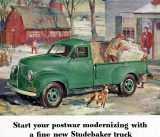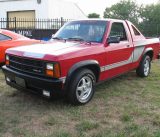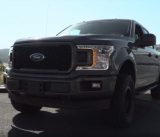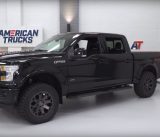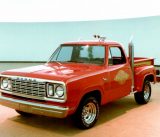First, let’s get one thing straight: The Chevy El Camino is, in fact, a truck. By the literal English definition, the El Camino suffices: A small truck with an enclosed cab and open back. In North America, it’s even classified and titled as a truck, legally. Now that that’s out of the way, let’s dive into why the El Camino exists.

From the Stables to Church
The El Camino wasn’t an original idea dreamt up by Chevy. Rather, the El Camino was a surprisingly logical and necessary reactionary development, meant to take a chunk out of Ford’s Ranchero market. Ford developed the Ranchero as a mean of providing pickup truck-like utility, without sacrificing the family feel of a regular sedan.
And to be fair, even Ford’s American Ranchero design isn’t original: In 1934, Australian Ford designer Lew Bandt modified a coupe with an open bed so local consumers could use one vehicle for church and farm work. That idea apparently boded well in the states, and in 1957 the Ranchero came to be.
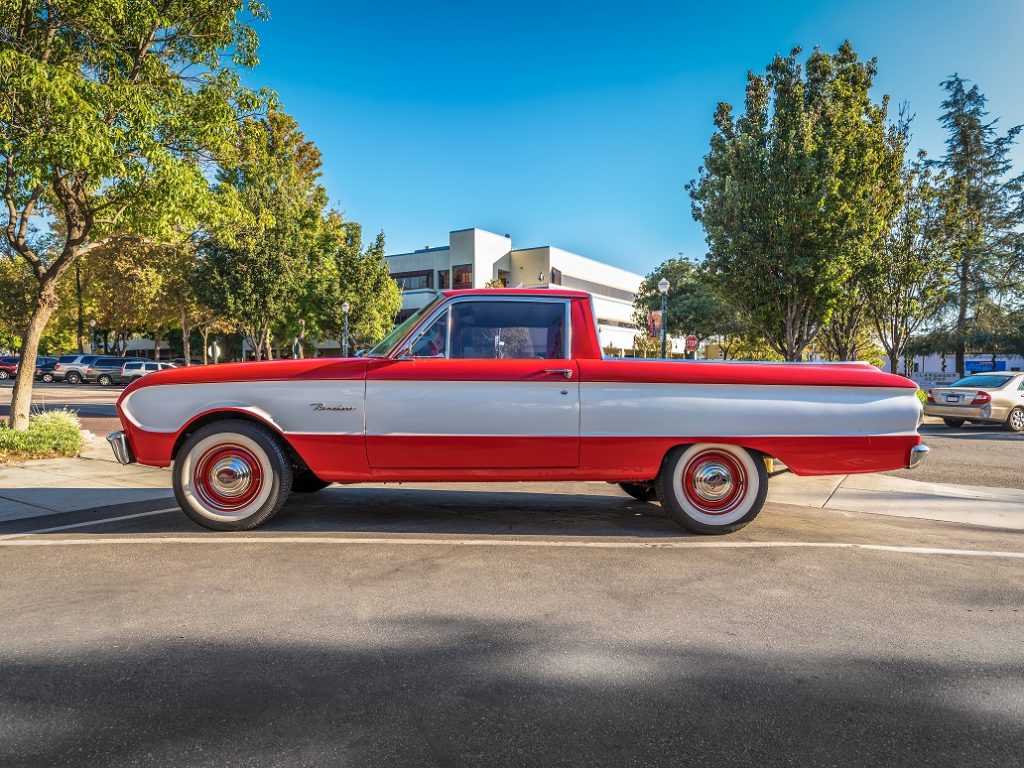
The El Camino was developed in direct response to the Ford Ranchero’s success
Enough about Ford. The El Camino is where it’s at, right? Rolled out in 1959, the El Camino’s first generation lasted just two years. Chevy already had a low, smooth pickup truck, the Cameo Carrier. Unfortunately, the Carrier lacked those creature comforts, those consumer features family men wanted.
A True Car and Truck
The truck took the Carrier’s utility concept and added passenger-car styling, rear fenders, a luxury interior, an automatic transmission, power assist, and other accouterments that kept family passengers not wearing overalls or covered in hay happy. Ironically, the El Camino was then made responsible for some modernizing design elements in America’s pickup trucks. Other makers like Dodge, Ford, International and Studebaker began offering flush-side cargo boxes, ditching that 1930’s style of truck with exposed wheels, pushed out fenders and wood boxes.
Chevy Almost Killed the ‘Camino
The truck was an initial success. Chevy was happy to announce that it sold 50% more than the Ranchero. Softer suspension, more car-like styling, and the available V8 made the El Camino a true prodigy of its own intent. Farmhands and workers liked it as much as businessmen and family buyers. Chevy ruined its own success by killing power in the V8, subduing the flamboyant styling of the original car, and numerous interior changes that consumers didn’t appreciate. Orders were killed and the car was discontinued.
A Chevelle with a Bed
But the El Camino would return in 1964, stealing inspiration and design bits from the popular Chevelle. A return to sportiness and flamboyance put the El Camino back in favor of buyers. It came available with a high-compression V8 that provided 300 horses, and in 1965 the Camino got a V-shaped front end with an L79 motor that gave the car 350 horses. Chevy caught on with what customers wanted and continued to make the El Camino more Chevelle-like every year.
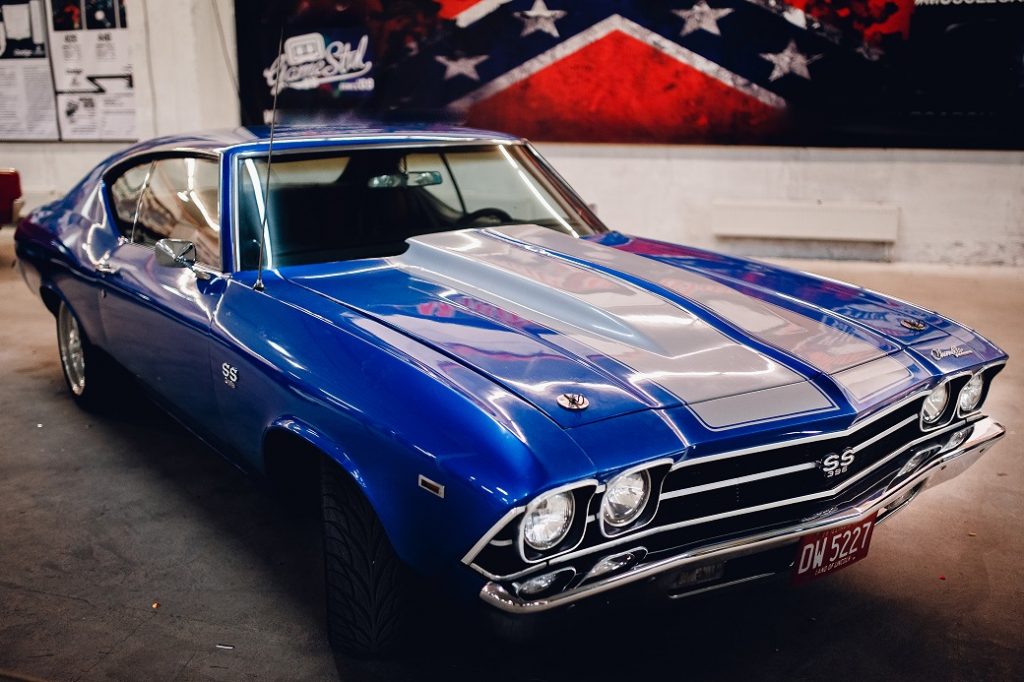
The adoption of the Chevelle’s V-shaped front end snowballed into the El Camino mimicing the Chevelle’s front half
By 1966, new sheet metal made the entire front half of the truck identical to the Chevelle, and in 1967 the Super Sport 396 setup with available Turbo 400 automatic transmission completed the El Camino’s transformation into a true muscle car with a truck bed. Even a few lucky, third-generation El Caminos received Chevy’s most powerful motor, the legendary 454.
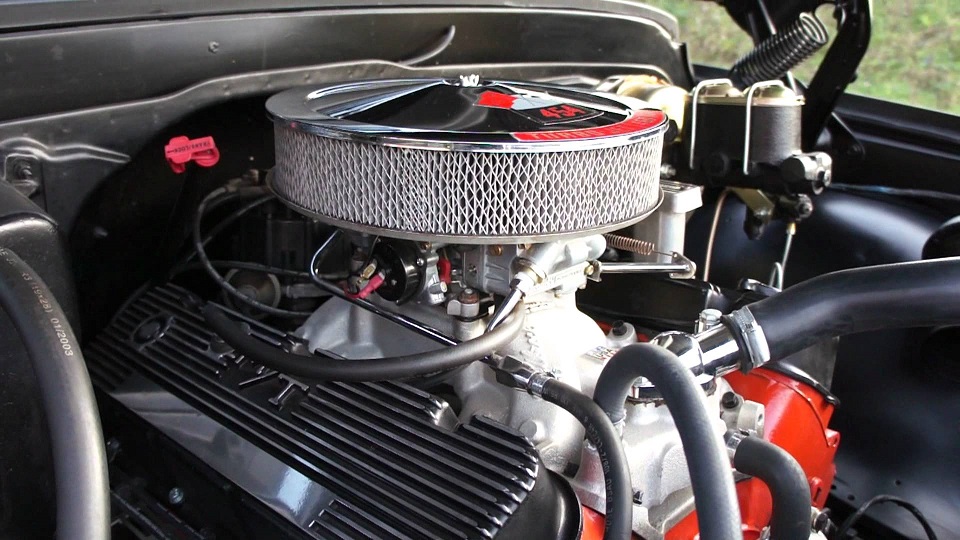
The El Camino eventually received the 454 motor, transforming it into a monster muscle mini-truck
Unlike other strange amalgamations of vehicles (looking at you, Gremlin and LTD LX), the El Camino didn’t try to be many things at once. It truly was a car with a truck bed and plenty of power, and nothing more. It wasn’t a cut up Jackal-and-Hyde creation, spawned by some zany idea written on a napkin. The formula was so popular that the El Camino remained in production until 1987, and it was only because of the Chevy S-10’s success that the El Camino was shelved.

